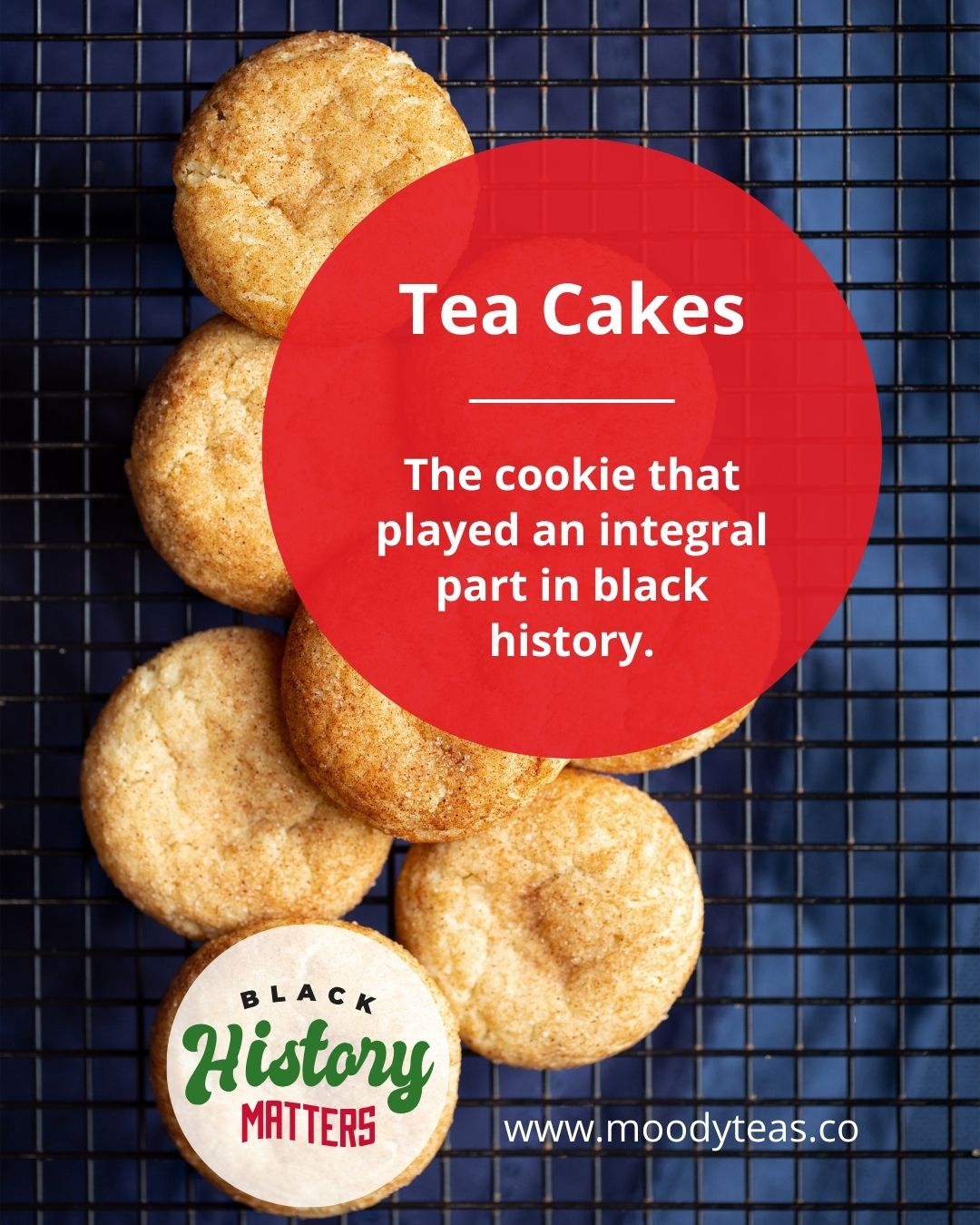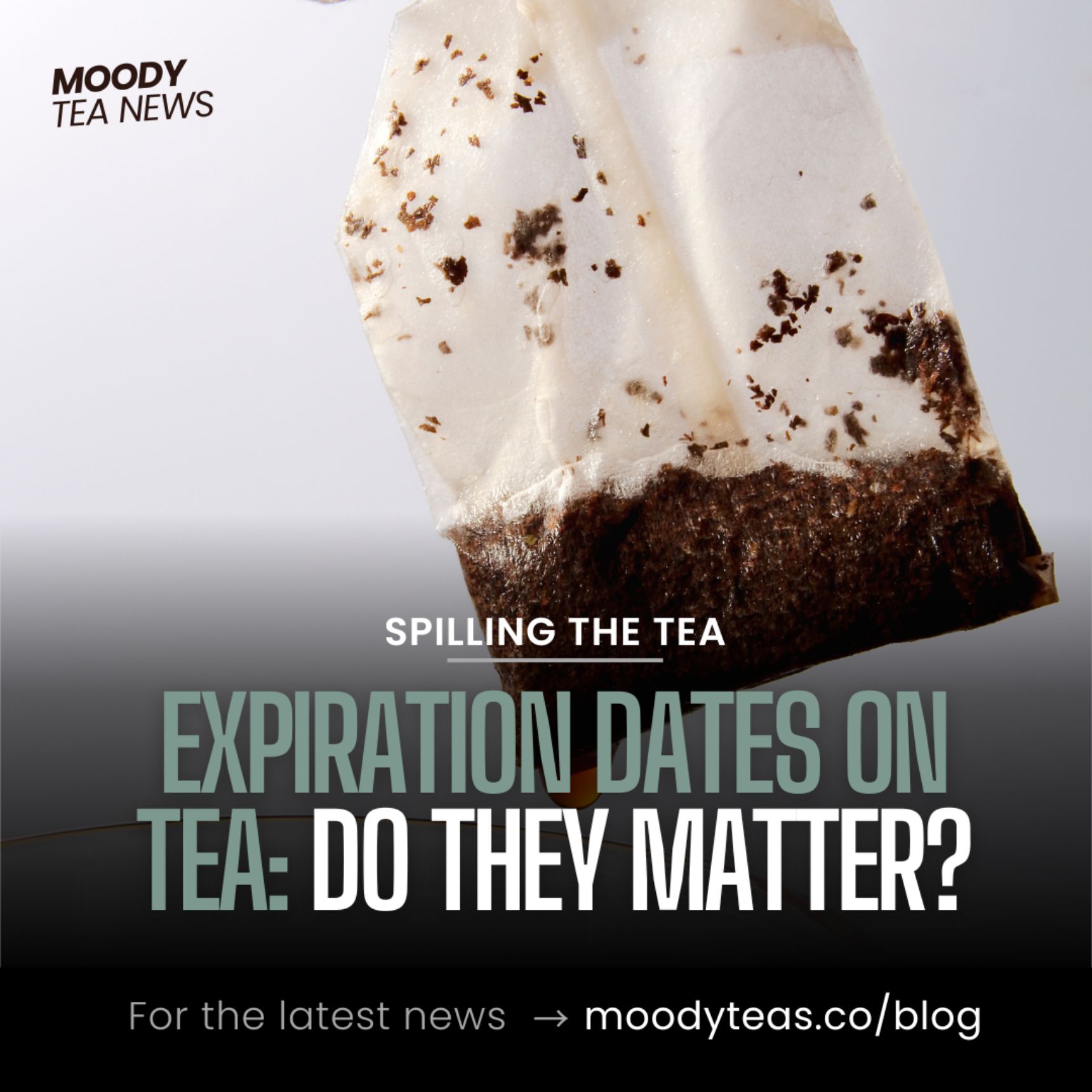February is Black History Month! While we celebrate black people year round, we’re still using this as an excuse to educate about black history! Today we’re writing about a piece of black history in the form of a food. This treat is quintessential to black history in the United States – tea cakes!
To people around the world, “tea cake” means any pastry typically served with tea. But for southerners, tea cakes have a very specific meaning. In the southern United States, tea cakes are a type of cake-like cookie, with crisp golden edges and a cakey center. These treats are full of nostalgia. They go perfectly with tea – traditionally a southern sweet tea, but we could honestly eat these with any drink. While many southerners may be familiar with them, not everyone understands their role. They’ve played a part in the history of America, black history, and the role they’ve played. They’ve been around since before the Revolutionary War. The tea cake has played a part in presidential campaigns, Prohibition, the women’s suffrage movement, religious gatherings, community events, and family moments like baptisms and funerals.
History of the Tea Cake
Tea cakes are an integral part of African American food culture. Originating over 250 years ago, these cookies were a recipe passed down verbally through generations. In fact, one of America’s earliest tea cakes were the Edenton Tea Party Cakes. They were served in 1774 by a group of women protesting the British tax on imported tea. They’ve historically been called Jackson Jumbles and Democratic Tea Cakes. These powerful names are owed to the role they’ve played in significant events. From baptisms and funerals to political actions like protests, tea cakes have seen it all. They represent the effort of enslaved Africans to reproduce the baked goods (of the same name) they were asked to create for their European masters. When the freed slaves left the South after the Civil War, they took their recipes with them. They’ve been baked in black households ever since – up until recently.
Tea Cakes Today
Today, old-fashioned tea cakes are omade for family reunions and holidays. However, since they’re rarely made from a written recipe, they’ve been fading out of fashion in recent years. Thankfully, some dedicated members of the older generations are fighting to keeping them alive. Elbert Mackey, creator of The Tea Cake Project, is on a mission to keep tea cakes alive through publishing stories and testimonies of personal connections in a cookbook. Similarly, Etha Robinson, educator and culinary historian, founded the African American Food Association. Though she retired in 2007, she launched Mrs. Robinson’s Tea Cakes and she continues to educate on this culinary tradition.
What Makes a Tea Cake?
Tea cakes started as more traditional cookies, and evolved to it’s current cakey form with the introduction of baking soda and baking powder. In their current form, they’re somewhere in between a cake and a cookie, made with basic cupboard ingredients – ingredients even slaves had access to. They’ve been flavored with vanilla, nutmeg, or a bit of citrus, but they’re nothing like other cookies with similar flavors. Depending on where you grew up, the tea cake might have been slightly salty, rich, or fluffy depending on whether they use lard, butter, or vegetable shortening. They can be rolled and cut into rounds, or dropped similarly to a biscuit. Sometimes they’re decorated, topped with a nut, a piece of dried fruit, or a dollop of jam. However the family recipe looked or tasted, it was often sacred – a treasured piece of family history (and was often kept top secret).
Want to give them a try? We won’t be sharing our family recipes, but that doesn’t mean you can start to refine your own! Check out this basic recipe below by Elbert Mackey, Author of The Tea Cake Round-Up, and modify to suit your tastes.
Aunt Maggie’s Old-Fashioned Tea Cakes
Contributed by Elbert Mackey, Author of The Tea Cake Round-Up.
- ½ cup margarine (softened)
- ½ cup sugar
- ½ cup brown sugar (packed)
- 2 large eggs
- 1 tablespoon evaporated milk
- 1 teaspoon pure vanilla extract
- 2 3/4 cups all-purpose flour
- 1 teaspoon baking powder
- 1/8 teaspoon salt
- Beat margarine at medium speed with an electric mixer until creamy; gradually add the sugars, beating well. Add eggs, 1 at a time, beating until blended after each addition. Add vanilla extract and milk, beating until blended.
- Combine flour, baking powder and salt; gradually add flour mixture to shortening mixture, beating at low speed until blended after each addition.
- Wrap dough in plastic wrap, and chill for 1 hour.
- Roll dough to ¼-inch thickness on floured surface. Cut out cookies with a 2 ½-inch round cutter and place 1-inch apart on parchment paper-lined baking sheet.
- Bake at 325◦ for 10 to 12 minutes or until edges are brown; let stand on baking sheet 5 minutes. Remove to wire rack to cool.
- Enjoy!
Read More:






